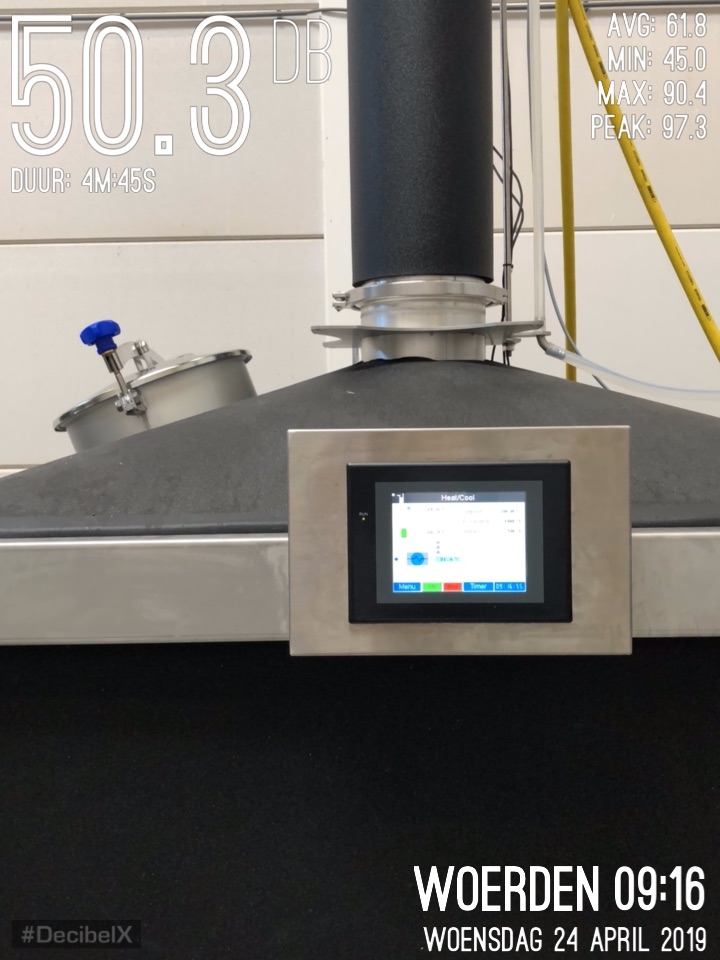Tell your noisy still to shut up!
26 April 2019
Introduction
There is virtue in silence. Personally and professionally. On a personal level, I hate loud noises. As a still designer and manufacturer, I don't like noise either. This iStill Blog post is about what I think of noisy stills and why I don't like them.
Distillery engineering
From an engineering perspective, noise is not a good thing. Unless you are a sound engineer, probably.
In general, when we compare two equal-purposed machines, it is the one making the most noise, while performing its major functions, that is less well put together. Whether it is the original design specifications, the fabrication, assembly, or all these combined, a machine creating increased noise levels indicates something is amiss. This is so, because noise production, in a machine, is the result of either friction or bumping. And both friction and bumping are the result of the constituent parts of that machine touching, meeting or cooperating badly instead of perfectly.
Noise levels, therefore, are a great indicator of the accuracy and precision with which a machine is designed and put together. If design and manufacturing precision is low, more bumping and friction takes place. Bumping and friction leads to enlarged wear & tear as well as to increased noise levels. A noisier machine indicates higher wear & tear, just as that higher wear & tear is the result of sub-optimal design and fabrication processes, of that machine. Like this:
Sub-optimal build => more bumping & friction => high wear & tear => higher noise levels
The opposite is also true. The better a machine is designed, and the more precisely and accurately it is manufactured, the smaller the tolerances. Small tolerances lead to less bumping and friction, resulting in lower wear & tear, and lower associated noise levels. Like this:
Precision build => less bumping & friction => lower wear & tear => lower noise levels
iStill and others
Given the above, noise levels matter. Low noise level stills have limited bumping and friction, resulting in lower wear & tear. A low noise level still can be defined as a precision-build tool. High noise level stills indicate higher levels of bumping and friction, inevitably resulting in higher wear & tear.
Even though there are no specific industry definitions on what noise levels are bad, mediocre, or good, it is possible to investigate and compare how different stills perform. And that is exactly what we will do in the remainder of this paragraph:
- The iStill 2000 measures a bit above 50 DB. That's with the agitator at its normal power setting and the heaters on full power. For comparison, a quiet room is 50 DB, while a quiet street is around 60 DB.
- A 300 liter Mueller measures around 62 DB. For comparison, a quiet street is around 60 DB, while a conversation is around 70 DB.
- A 2000 liter Holstein distillery system creates around 80 DB. This can be compared to loud singing.
The iStill 2000 is the quietest still on the market ...

- The iStill is very silent;
- The Mueller's extra 10 DB makes it twice as loud as the iStill is;
- The Holstein's additional 30 DB make it up to eight times louder than the iStill.
From decibels to loudness ...


www.iStill.com
Reactions
Add your comment
All reactions ()
Loading comments..